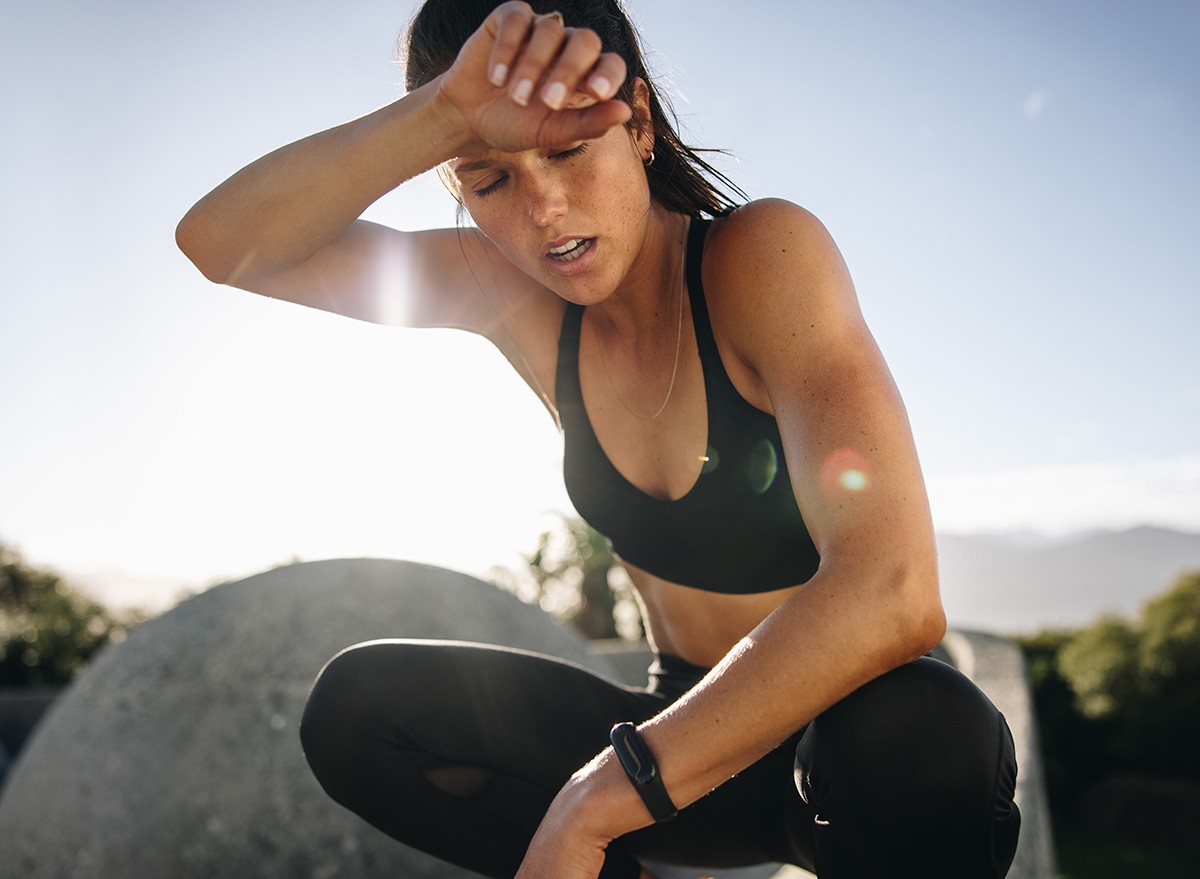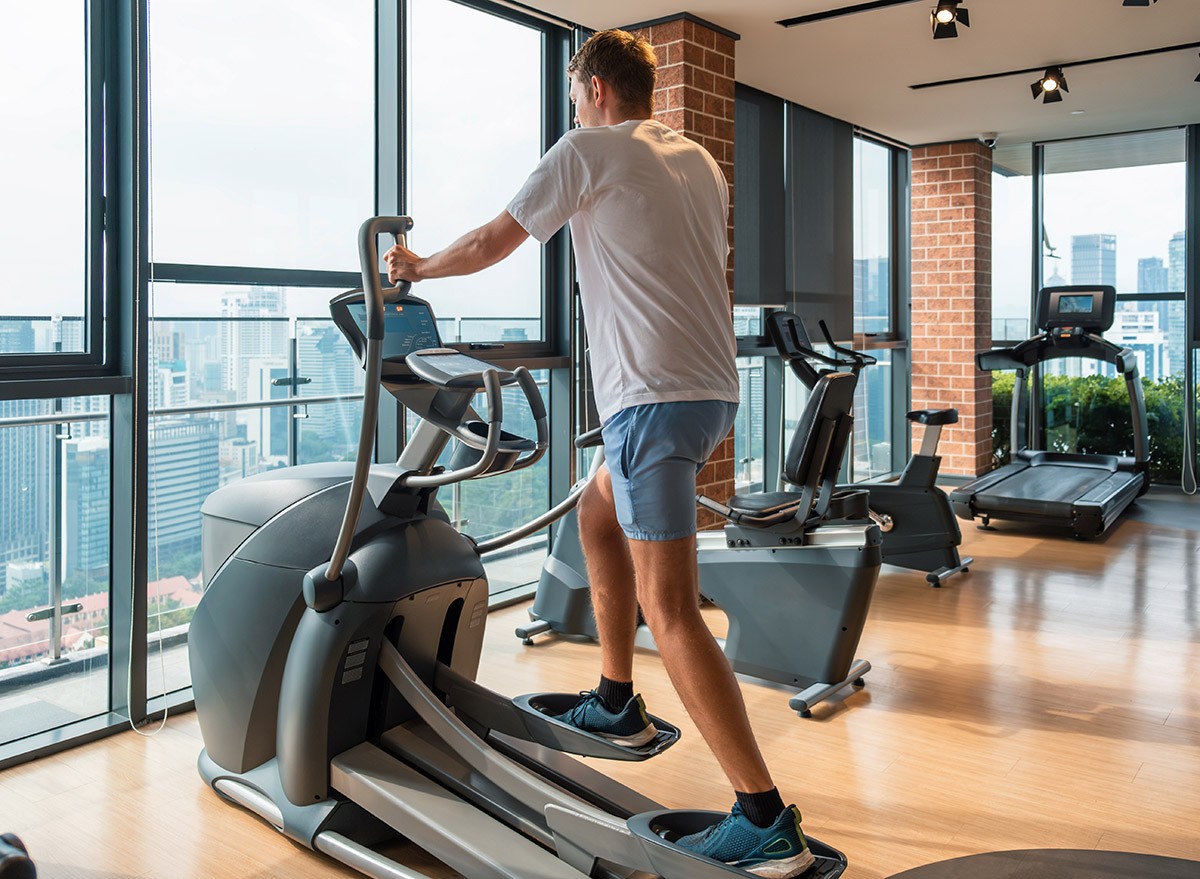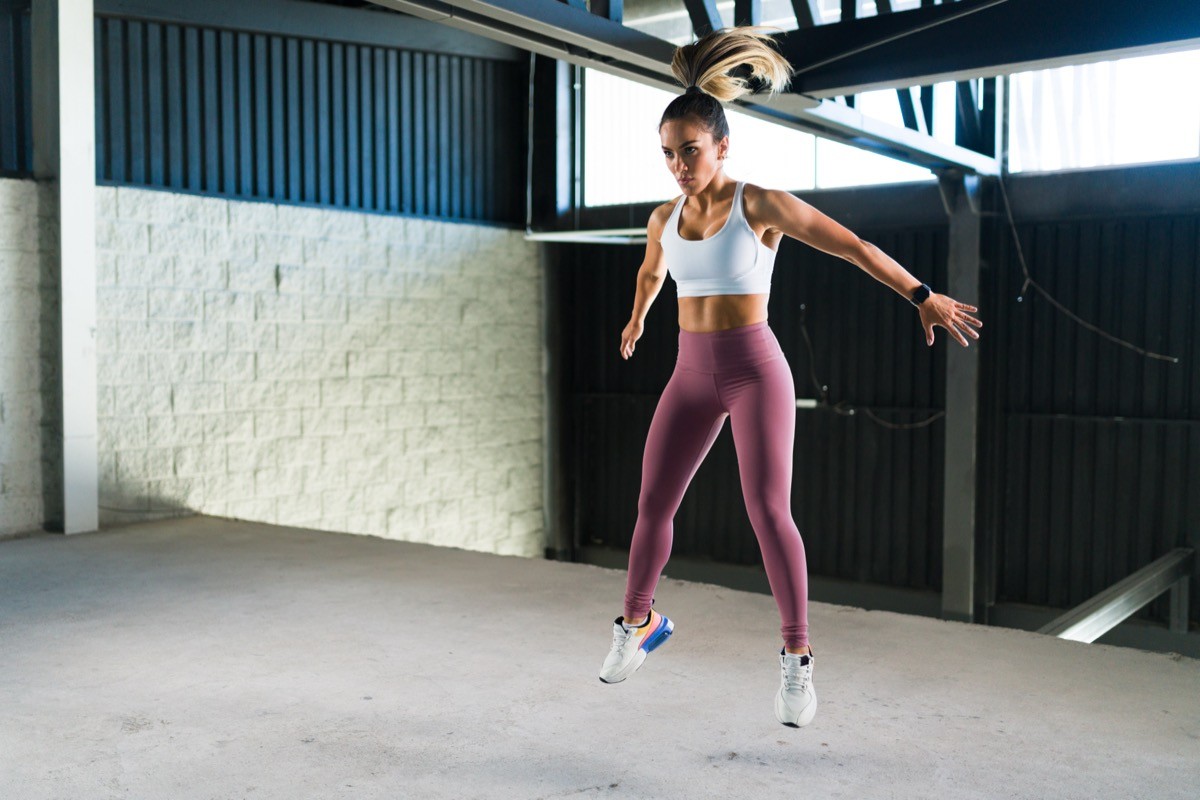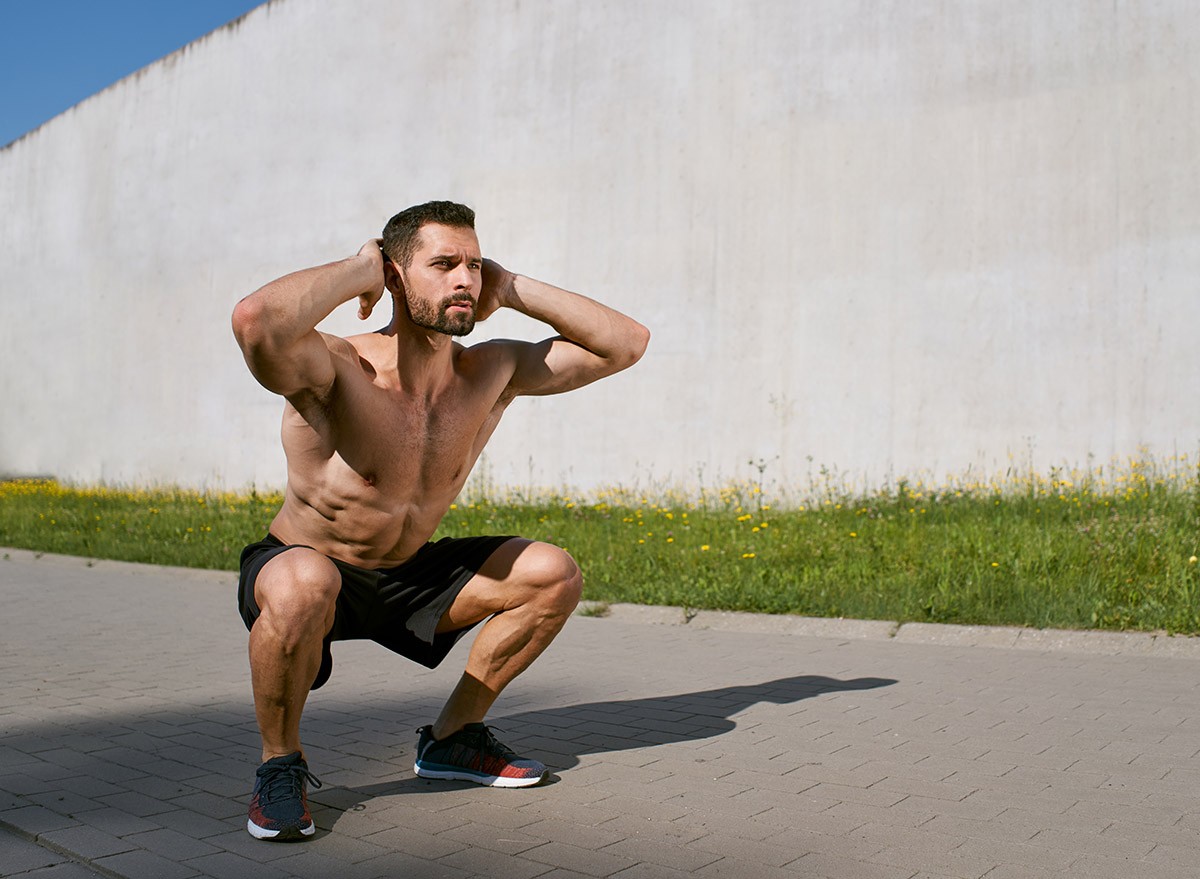The 10-Minute Trick That Burns More Fat Than an Hour of Cardio

If you’re short on time but want to get a great workout in, HIIT (high intensity interval training) may be the trick you’re looking for. HIIT has many benefits for health and fitness, not least in that you can get a very effective workout in a much smaller time window than traditional cardio, such as running. “Interval training has gained interest lately because research has suggested that you make similar gains in cardiovascular fitness as you would with traditional endurance exercise regimens, but with shorter periods of exercise,” Neel Chokshi, MD, MBA, director of Penn’s Sports Cardiology & Fitness Program, tells Penn Medicine News. “So, if you do not have time for the traditionally recommended 150 minutes of moderate intensity exercise each week, this may serve as a substitute. The ‘better’ exercise regimen is arguably the one that is consistent and sustainable to see gains over time.” Here’s how HIIT can help you burn fat, lose weight, and reach your fitness goals.
RELATED: HIIT Boosts Brain Health!
The Afterburn Effect

HIIT may encourage fat loss when you’re not even exercising. “The afterburn effect refers to the fact that after performing intense physical activity, your body continues to burn calories at an increased rate even up to 24 hours after you’re done exercising,” Cedric X. Bryant, PhD, FACSM, tells U.S. News & World Report. “The afterburn effect is a great way to maximize the impact of your workouts by boosting your metabolism.”
HIIT Vs Steady State Cardio

HIIT workouts are shown to create more of an afterburn effect. “An interval training workout, during which you alternate between high-intensity exercise and lower-intensity recovery periods creates more of an afterburn than a moderate-intensity workout,” Bryant says. “For example, a 30-minute workout on the elliptical machine, during which you perform 15 seconds of sprinting and 45 seconds of slower movement every minute, will create more of an afterburn effect than those same 30 minutes on the elliptical at a constant, moderate level of effort.”
HIIT and Fat-Burning

Want to blast belly fat? HIIT is your friend. “HIIT is a great way to lose weight in less time,” fitness trainer Jessica Brown tells U.S. News & World Report. “Most people can burn the same number of calories in a 20-minute HIIT workout than they can in performing constant cardio or strength training for 45 minutes. HIIT also increases lung capacity and blood flow within the body. People can continue to grow their muscle mass while shedding extra fat in hard-to-reach places like the lower abdomen and thighs.”
RELATED: Stay Fit at Home: 10 No-Equipment Workouts!
Start Slow and Steady

Don’t just jump into HIIT workouts if you’ve never done them before. “The goal should be to slowly overload the body for higher levels of performance, rather than to suddenly increase activity levels,” says the experts at UC Davis Health. “While high-intensity exercise can lead to overuse injuries or muscle and joint injuries, these are less likely to occur with the right preparation.”
HIIT and Aerobics

Don’t feel boxed in when it comes to workouts—you can still get all the benefits of HIIT workouts while enjoying other exercises. “Rather than viewing aerobic and HIIT training as mutually exclusive, consider incorporating both into your routine to reap the benefits of each,” Christina Sauder, MS, tells Vail Health. “HIIT is more efficient but a little harder on the body, while aerobic exercise is a bit more comfortable but requires longer workouts to reap the benefits. Aim for at least 1 HIIT workout and 150 minutes of moderate aerobic activity per week. Integrating regular aerobic sessions with occasional HIIT workouts can provide a well-rounded approach to fitness, promoting cardiovascular health, metabolic efficiency, and overall well-being.”
Take Rest Days

Be careful not to overstress your body and make time for less intense exercise. “HIIT workouts are hard on the body and should be alternated between less intense workouts like walking or yoga to avoid injury,” Brown says. “If you’re feeling fatigued with heavy legs or (have) difficulty performing your daily routine, it might be a sign that you’re overdoing it with HIIT exercise.”
RELATED: 7 Workouts to Sculpt Your Best Swimsuit Body.
Don’t Forget Diet

No matter what exercise you choose, diet is key for weight loss. “In general, weight loss is achieved through dietary calorie restriction, rather than just exercise,” Kristopher Fayock, MD, tells Penn Medicine News. “There are a few studies that have indicated HIIT may be more beneficial than traditional low to moderate intensity cardiovascular exercise in achieving weight loss, but either option should always be used in addition to a healthy diet.”